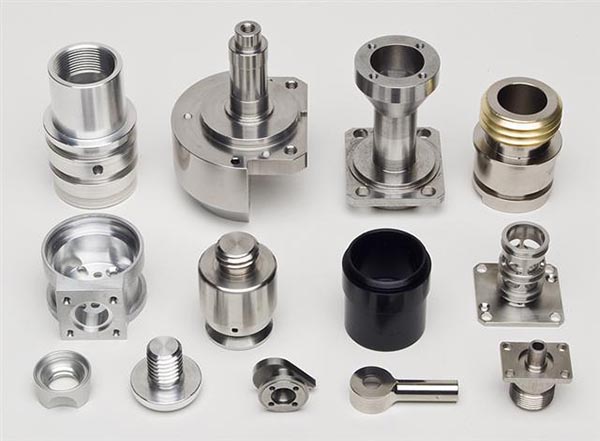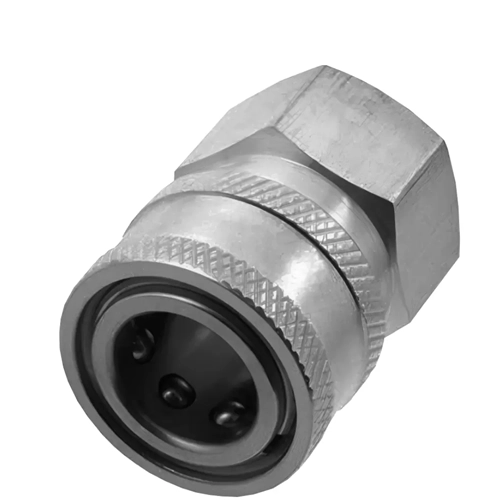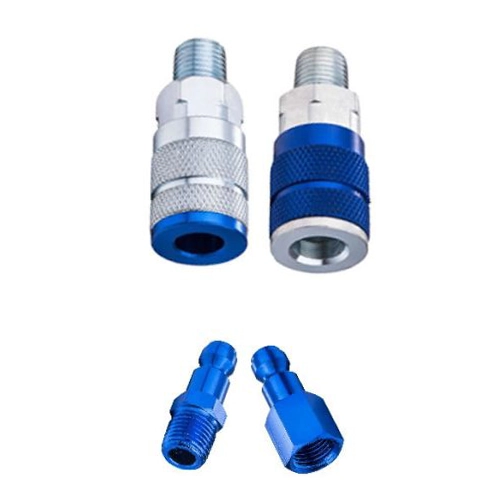Custom CNC carbon fiber parts machining involves several points that are essential to ensure machining quality and efficiency. The following are the main points of custom CNC carbon fiber parts processing:
First, preparation
Raw material selection and pretreatment
The selection of carbon fiber materials: according to the use environment of the parts, the performance requirements to choose the appropriate carbon fiber materials, including the type of carbon fiber (such as continuous carbon fiber, short carbon fiber), fiber diameter, resin matrix, etc.
Pretreatment: Strict screening and pretreatment of carbon fiber raw materials to ensure that the fiber is non-damaged, pollution-free, and the resin matrix is mixed evenly to improve the performance of the composite material.
Mold design and production
Mold design: According to the shape, size and accuracy requirements of the parts, design the appropriate mold. The mold should have sufficient strength and stiffness to ensure no deformation during the molding process.
Mold making: Using high-precision processing equipment to make molds to ensure that the flatness and accuracy of the mold surface meet the requirements.
Second, the processing process
Tool selection
Carbon fiber material has high hardness and high strength, which is easy to wear the tool during processing. Therefore, we should choose tools with high hardness and good wear resistance, such as diamond tools, carbide tools, etc.
The geometric parameters of the tool (such as front Angle, back Angle, edge inclination, etc.) should be reasonably designed according to the processing requirements to reduce the cutting force and improve the quality of the machined surface.
Cutting parameter setting
Cutting speed: Select the appropriate cutting speed according to the tool material, workpiece material and machining requirements. Too high cutting speed is easy to lead to increased tool wear, and too low cutting speed will affect the processing efficiency.
Feed rate: Select the appropriate feed rate according to tool strength, workpiece material and machine performance. Too much feed is easy to lead to tool breakage or workpiece surface quality decline, and too little feed will affect the processing efficiency.
Cutting depth: Select the appropriate cutting depth according to the workpiece material and processing requirements. Cutting depth is too large easily lead to increased tool wear or workpiece surface quality decline, cutting depth is too small will affect the processing efficiency.
Cooling and lubrication
Carbon fiber materials are prone to high temperatures during processing, resulting in increased tool wear and reduced workpiece surface quality. Therefore, appropriate cooling and lubrication methods should be used, such as the use of coolant or dry cutting.
The choice of coolant should be determined according to the processing requirements and the workpiece material to ensure that the cooling effect is good and does not pollute the workpiece.
Processing strategy
Roughing: The use of large cutting depth and feed, quickly remove most of the surplus, improve processing efficiency.
Semi-finishing: The use of smaller cutting depth and feed, further processing of the workpiece, improve the surface quality.
Finishing: The use of smaller cutting depth and feed, the final processing of the workpiece, to ensure that the design requirements of dimensional accuracy and surface quality.
Third, post-processing and detection
Deburring and cleaning
After the processing is completed, the workpiece should be deburred and cleaned to ensure that the surface of the workpiece is smooth and without damage.
The method of deburring can be mechanical deburring, chemical deburring or manual deburring.
Quality inspection
The finished carbon fiber parts are inspected comprehensively, including dimensional accuracy, shape accuracy, surface roughness, internal defects and so on.
Detection methods can be used coordinate measuring instrument, ultrasonic detector, X-ray flaw detector and so on.
Surface treatment
According to the requirements of use, the surface treatment of carbon fiber parts, such as polishing, painting, electroplating, etc.
Surface treatment can improve the appearance quality, corrosion resistance and wear resistance of parts.
Fourth, safety and environmental protection
Safe production
In the process of processing, safety production norms should be strictly observed, and personal protective equipment should be worn, such as safety hats, goggles, protective gloves, etc.
Processing equipment should be regularly inspected and maintained to ensure its normal operation and safety.
Environmental protection measures
Waste chips, coolants and other wastes generated during processing should be properly disposed of to avoid pollution to the environment.
Adopt green processing processes and materials to reduce energy consumption and waste emissions.
Fifth, equipment selection and maintenance
Equipment selection
Select CNC machine tools with high precision, high stability and high rigidity to meet the processing requirements of carbon fiber parts.
The machine tool should be equipped with advanced numerical control system and servo drive system to improve machining accuracy and efficiency.
Equipment maintenance
Regular maintenance of CNC machine tools, check the accuracy of the machine, stability, lubrication and other aspects of the problem.
Timely replacement of worn parts and tools to ensure the normal operation of the machine tool and processing accuracy.
To sum up, the processing of customized CNC carbon fiber parts involves a number of points, which need to be comprehensively considered and carefully arranged in the aspects of preliminary preparation, processing, post-processing and testing, safety and environmental protection, and equipment selection and maintenance. Only by ensuring the smooth progress and effective control of each link can high-quality carbon fiber parts be processed.





